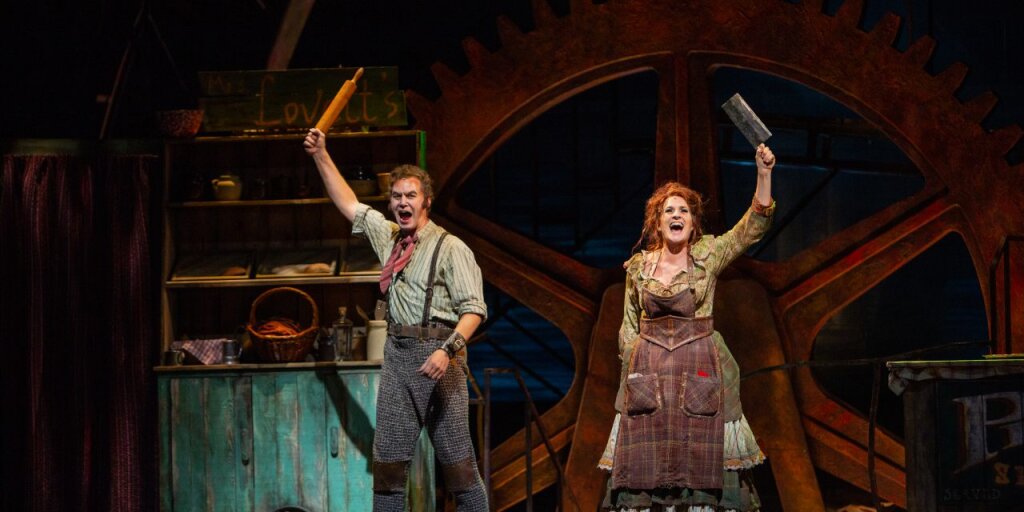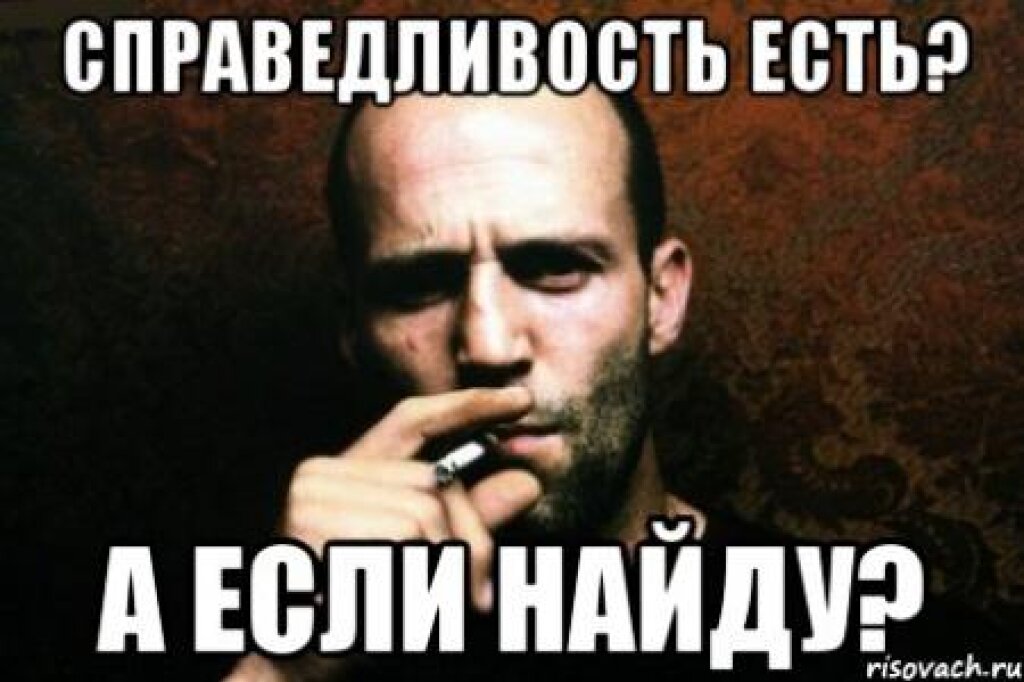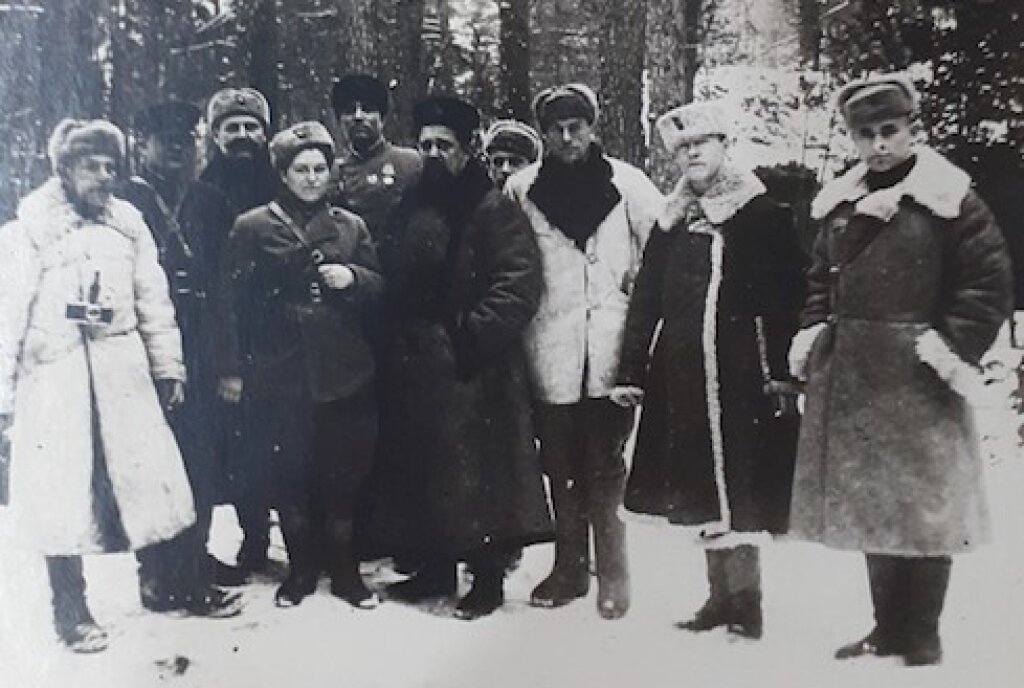This is the eighth installment of the
Pelagia and the White Bulldog
portion of “Rereading Akunin
.' For the introduction to the series, and subsequent installments, go
.
CHAPTER 8
The Same Characters, Almost
Mysteries are often compared to puzzles, and for good reasons: we are given a set of pieces (clues) that we must arrange in the proper configuration (identifying the culprit). This makes mysteries into restorative projects, fighting against entropy in order to reconstruct a shattered order.
In the case of murder mysteries, this reconstruction can only go so far. The victim is dead, and no combination of king’s horses and king’s men can put them back together again. Or if they can, they still can’t bring the victim back to life. Those with a background in in late nineteenth-century Russian crackpot philosophy might recognize that this is precisely the “common task” set out by Nikolai Fyodorov, who wanted all human endeavor to focus on reconstructing corpses and bringing them back to life. This is, of course, a gnostic or even Kabbalistic project, aimed at restoring a fallen creation to godly perfection. It would also be the end of the murder mystery. Who cares whodunnit, if all of us are working together to undo it?
Allegations of retrograde nostalgia aside, Akunin’s project is much less utopian. He wants to bring us back to a time when mysteries were both juicy and tasteful. But for a “tasteful” novel (headlined by a nun, no less), Pelagia and the White Bulldog has a surprising predilection for dismemberment. After all, murder is quite possible without hacking a body to pieces; said hacking usually suggests either a desperate effort at further concealment (of the victim as well as the perpetrator) or some serious sadism.
Though the novel’s inciting incident is the murder of a dog (a murder that the book is about to forget entirely, and none too soon), it quickly offers up two sets of human remains lacking heads and hands. Like so much in this book, the dismemberment theme is on something of a slow burn, but eventually heats up. Chapter 8 is the turning point, where bodies and characters are (mostly metaphorically) taken apart and put back together with a persistence that we might called dogged if Marya Afanasyevna’s canine friends hadn’t already been consigned to an early grave.
First there are the metaphorical beheadings: Mitrofanii manages to get Pelagia included in the investigation of poor Pogio’s death by instructing Berdichevsky to tell the police that “the nun is meek and humble; she Is feeble-minded and will not hinder the investigation.” Then Bubentsov’s Circassian driver Murad figuratively loses his head a tavern, causing such an uproar that Bubentsov himself has to fetch him before the police lose patience and start shooting.
Figurative dismemberments are continued when Lagrange and Berdichevsky start talking about the murder suspects. This makes sense, especially in Russian: the investigators are analyzing the suspects, which in Russian can be conveyed by “razbirat’”—to take apart. The connection is emphasized by the bizarre circumstances of the conversation. Pelagia is particularly puzzled (as it were) by the fact that Poggio’s photographs have been torn apart, and she starts the process of paintakingly reassemblyint them while inadvertently eavesdropping on Berdievhsky and Lagrange. In particular, Lagrange is suspicious of Polina Lisitysyna, who it turns out has a habit of showing up at crime scenes. We understand why, of course: Lisitsyna and Pelagia are the same person. But Pelagia is in the uncomfortable circumstance of hearing her (fake) persona taken apart at the same time that she is piecing a photograph back together.
In the chapter’s penultimate scene, all the participants of the previous chapter’s fateful soiree are reassembled, with dramatic results. Lagrange bings them back to the scene of the non-lethal “crime” that preceded the actual murder: the exhibition of photographs taken by future murder victim Poggio. Lagrange draws their eyes to three photos that are having no trouble attracting viewers’ attention on their own: the pictures of the mysterious naked woman: “I hope that everyone remembers the three pictures showing a certain lady in the nude that were hanging here, here, and here,” he begins, as if anyone were likely to forget:
“I know that the model’s face was not fully visible in any of the photographs, but I would like us to make a concerted effort to restore certain features. It is extremely important for the investigation to establish the identity of this woman.”
Lagrange proceeds to dissect the mysterious woman’s image, asking his audience to consider her one body part at a time. First, the hair color. The the neck. And this is only the beginning:
“And then we shall discuss in the greatest possible detail the shoulders, the back, the bust, the stomach, the legs. And other parts of the body, including the thighs and the buttocks— we shall certainly have to do that.”
Lagrange recalls moles on the woman’s right buttocks and birthmark under her breasts. At this point Pelagia, in her disguise as Polina Lisityna, tries to shift the conversation to a less uncomfortable photo, the one she herself is interested in: the missing “Rainy Morning.”
Soon enough, Naina Georgievna defiantly admits that she is the subject of the photo, and the she spent the night with Shiryaev. As the soiree’s guests disperse, she looks at Bubentsov, and appears to be performing an anatomical dissection of her own: “The same cloak,” Naina Georgievna declaimed in a loud voice. “The same cap. How it gleamed in the moonlight…”
It will take a few more chapters for that particular remark to make sense. By that point, more heads will have rolled.



